Side Effects of Skipping Rope and How To Avoid Them
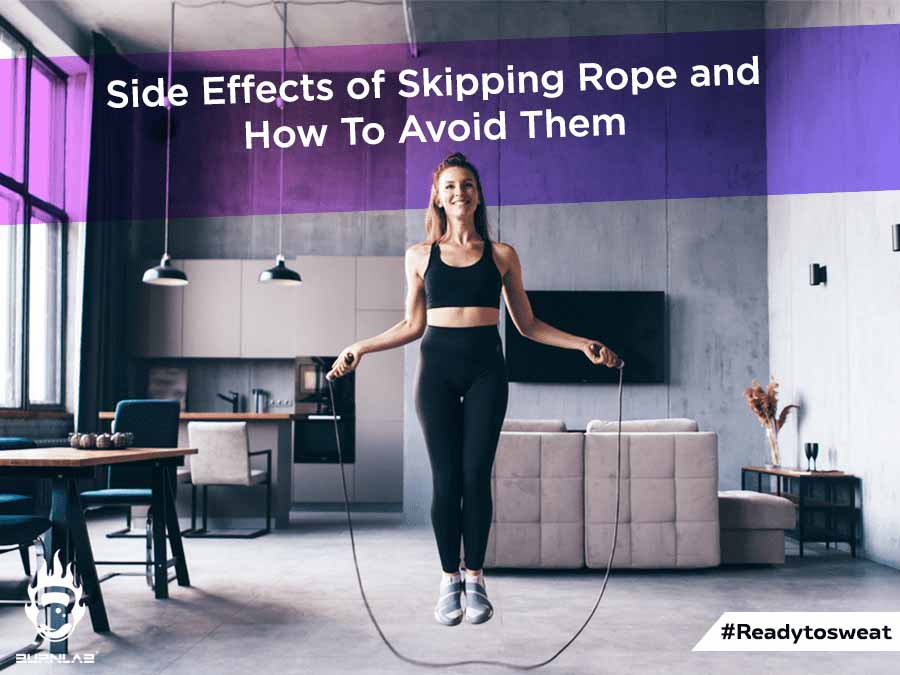
Skipping rope is inarguably one of the best cardio exercises out there. It’s an effective way to keep in shape, improve your agility and coordination, increase your flexibility, and so on.
But go overboard with it, and you’ll do yourself more harm than good.
In this article, we’ll explore some of the side effects of skipping rope, people who should avoid jumping rope, the precautions one should take, and tips to avoid injuries.
Shall we begin?
Side effects of skipping for knees and other joints
If you’re wondering if skipping rope is bad for your knees and joints, then the answer is NO. In fact, studies have shown that skipping has a much lower impact on your knees as compared to running.
Nevertheless, jumping rope does put some repetitive stress on your ankles, calves, knees, tarsals, and meta-tarsals.
So, if you’re someone who has pre-existing medical conditions including knee injuries, or chronic joint pain particularly in your knees, ankles, and feet, then we recommend consulting your doctor or physiotherapist before using a jump rope.
Children with arthritis and people with tender joints should also avoid using a skipping rope as it can aggravate their problems (as per the Arthritis Foundation).
There are a few other factors that could contribute to knee and joint pain while jumping rope. These include
- Improper jump rope form. For instance, jumping too high and landing too hard on the ground can amplify the level of impact on your joints.
- Overtraining. Sometimes, people overdo their jump rope workouts in an attempt to lose weight quickly or build their endurance. This leads to joint problems.
- Inappropriate shoes. Jumping rope with regular flat shoes can be disastrous for your feet as they don’t offer much impact resistance or arch support.
- Jumping on hard surfaces. Hard surfaces like concrete and asphalt don’t offer any shock absorption upon landing. Rather they reciprocate the force and hence can be tough on your joints.

Side effects of skipping for women
Hey ladies! Have questions about whether skipping rope has any side effects on your periods, your pregnancy, and so on?
Read on!
1. Side effects of skipping during periods
“Can I skip rope during my periods?”
Of course, you can!
If you’re used to skipping rope and regular exercising, then there’s no reason you shouldn’t jump rope during your periods. (Unless you have unbearable cramps or feel like throwing up all the time!)
Physical activity during menstruation can chase away those blues, help cope with your cramps, lower your stress, prevent bloating, and more.
However, if you suffer from conditions such as endometriosis that causes excessive bleeding, intense pain, and fainting, then you should avoid skipping rope and other high-intensity physical activities during your menstrual cycle.
In general, jump rope and other forms of exercise can help regularize irregular periods, and even reduce your menstrual bleeding. How?
When you regularly work out and lose weight in the process, your body fat reduces, and hence estrogen production drops. Estrogen is the hormone that thickens your uterus lining during your period causing menstrual bleeding. So, less estrogen means a thinner lining and thus a lighter period. (Can we get a woohoo?!!!)
2. Side effects of skipping rope on the uterus
“Is skipping rope harmful to my uterus?”
Assuming you’re a normal healthy female, skipping rope isn’t going to affect your uterus in any way.
Your uterus is supported and held in place by strong ligaments. So, as long as these ligaments have a proper tone, skipping rope isn’t going to harm your uterus.
But if you suffer from uterine prolapse, then we recommend avoiding jumping rope as this could worsen the problem.
For the uninitiated, uterine prolapse is a condition where the ligaments (that we spoke of earlier) undergo extensive damage and become so weak that they can’t hold the uterus in place. This causes the uterus to slip away from its original position.
Uterine prolapse could occur due to various factors including
- Multiple pregnancies and prolonged deliveries
- Loss of estrogen
- Gravity effects
- Continuous strain on the uterus over a long period
3. Side effects of skipping during pregnancy
“Is it safe to skip rope during pregnancy?”
The answer to this depends on your fitness level and strength.
Never held a skipping rope before in your life? Pregnancy isn’t the best time to start.
But if you’ve regularly been jumping rope pre-pregnancy, then you can try MODERATE skipping in your 2nd trimester, after consulting with your physician.
When done moderately, skipping rope can help prepare you for childbirth and postpartum. How? By strengthening your lower body, i.e. your pelvic floor, legs, and glutes.
It also helps you maintain a good posture and strengthens your arms and back – all of which are essential as your belly gets bigger and bigger.
High-intensity jumping, on the other hand, can have detrimental side effects including:
- Miscarriage. Jumping can lead to contractions in the uterus that lead to a miscarriage.
- Ligament damage. During pregnancy, the ligaments in the pelvic region get loose and hence more prone to injuries due to vigorous jumping. Excessive workouts could even result in joint and ligament fractures.
- Placenta abruption. Contractions caused due to jumping can lead to the placenta separating from the uterine wall. This causes vaginal bleeding and extreme back pain.
- Preterm labor. Jumping rope during your 3rd trimester can cause your uterus to exert tremendous pressure on the cervix that can trigger early labor.
So how do you jump rope safely during your pregnancy?
- While skipping rope, ensure that you’re not panting and can still talk comfortably.
- To avoid any jerky movements, try placing one foot in front of the other (similar to a running motion), instead of jumping with both your feet simultaneously.
- Jump on an even surface without any obstacles in the way.
- Avoid jumping rope in your 1st trimester as the chances of miscarriage can be high, especially if you have conditions including diabetes, PCOS, blood pressure, previous miscarriages, etc.
- Jumping rope in your 3rd trimester is also a big NO. Your center of gravity shifts as you get bigger, thus increasing your risk of falling.
4. Side effects of skipping on breasts
“Will skipping rope cause my breasts to sag?”
Not if you wear a top-notch sports bra.
Your breasts are supported only by 2 fragile structures – Cooper’s ligaments and your skin. So when you jump rope or engage in other vigorous workouts, the ligaments and skin are repeatedly pulled causing your breasts to sag.
But a premium-quality, well-fitted sports bra can give your breasts the much-needed support and thus prevent premature sagging.
They can also help avoid neck and back pain while exercising and keep those nasty stretch marks at bay.
Other side effects of excessive skipping
1. Shin Splints
Shin splints or medial tibial stress syndrome, are inflammation in the tendons and muscles along the front of your shin bone (the large bone in the front of your lower leg). This is common with people (especially beginners) who engage in high-intensity workouts including jumping rope, running, dancing, etc.
2. Calf strain
Jumping rope involves the repetitive use of your plantar flexors (muscles present in your calf that allow you to jump). This can lead to different grades of strain on your calf muscles rated on a scale of 1 to 3. Grade 1 strains are quite mild while grade 3 strains involve complete rupture of the muscles.
3. Stress Fractures
Stress fractures are tiny cracks that occur usually on the weight-bearing bones of your lower leg and feet (tibia, metatarsals, calcaneus, etc.). Excessive repeated jumping or running are the main culprits. The symptoms include pain, swelling, and tenderness at the fracture site. People suffering from bone conditions such as osteoporosis are more prone to this type of injury.
4. Achilles tendinitis
Achilles tendinitis is the inflammation of the band of tissue that connects the 2 calf muscles at the back of the lower leg to your heel bone. This can occur when there’s an undue amount of stress on your Achilles tendon due to too much running and jumping. The symptoms include inflammation at the bottom of the foot, moderate to acute pain along the back of the leg, tightness or thickening of the tendon, or bone spurs.
Who should avoid skipping rope?
In some cases, jumping rope should be completely avoided or only be taken up if your doctor gives you the go-ahead.
Such situations include people who:
- Have recently suffered a heart attack or have heart problems such as ischemic heart disease or congestive heart failure.
- Have asthma.
- Have high blood pressure.
- Have bone injuries.
- Have osteoporosis.
- Are recuperating after major surgery or illness.
Precautions and tips to avoid jump rope injuries
1. Use proper form
Here’s what you should do to maintain good form.
- Don’t bend your knees too much. (A slight 2-5 degree bend is all you need)
- Keep your ankles close to each other
- Place your shoulders close to your sides
- Maintain an upright posture
- Concentrate on a point in front of you
For more tips on how to jump rope with good form, check out our blog post.
2. Invest in a good skipping rope
Poor-quality ropes. Frayed ropes. Incorrectly-sized ropes. All these are recipes for disaster.
Buying a premium-quality skipping rope will last you long, challenge you, and help prevent injuries and mishaps.
As a beginner, you could start with a PVC cable rope. As you get the hang of it, we recommend either a 4 mm steel cable rope or a weighted skipping rope (with adjustable weights) that’ll give you sufficient feedback to work on your timing and cadence.
To know more about the different types of skipping ropes and which one you should choose, check out our blog post.

3. Warm-up
Always do a warm-up for at least 5 – 10 minutes before you go crazy on your jump rope. Squats, lunges, push-ups, shoulder rotations, and ankle rolls are all great warm-up exercises that you can try.
4. Wear the right gear
Invest in a good pair of running shoes or cross-training shoes. Trust us, when you’re jumping rope those shock absorbers are going to come in handy!
Ladies, don’t forget your sports bras!
5. Jump on soft surfaces
Stick to skipping on rubber mats, or wooden floors to ease the strain on your muscles and ligaments. Ditch concrete surfaces and carpets as you’ll have to jump higher because of your rope bouncing too much.
Carpets and concrete surfaces aren’t such a good idea as your rope will bounce too much resulting in you jumping higher.
6. Listen to your body
When it comes to exercise, there’s good pain and bad pain.
Good pain i.e. muscle soreness or a tight achy feeling is normal and goes away with stretching. It’s a sign that your workout is effective as your body is being challenged.
Bad pain could include intense shooting pain, chronic fatigue, noticeable swelling, etc. You do not want to push past this type of pain as that could lead to severe ligament, tendon, muscle injuries, etc.
Recognize the signs and take rest whenever necessary.
7. Don’t forget to stretch
A 5-minute static stretch session after your jump rope workout is all you need to reduce your chances of injury.
Incorporate a few exercises that stretch out your calves, hamstrings, lower back, quads, and glutes. A little bit of foam rolling will also go a long way.
To conclude…
Don’t let any of this information scare you off from using a jump rope. Remember that there are risks associated with almost all types of physical activities. The key is to master the basics, listen to your body, exercise caution, and just have fun with it!
What steps do you take to avoid jump rope injuries? Tell us in the comments below.


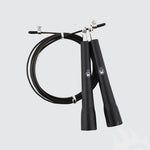

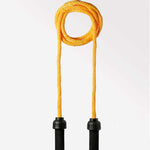
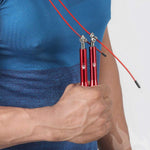

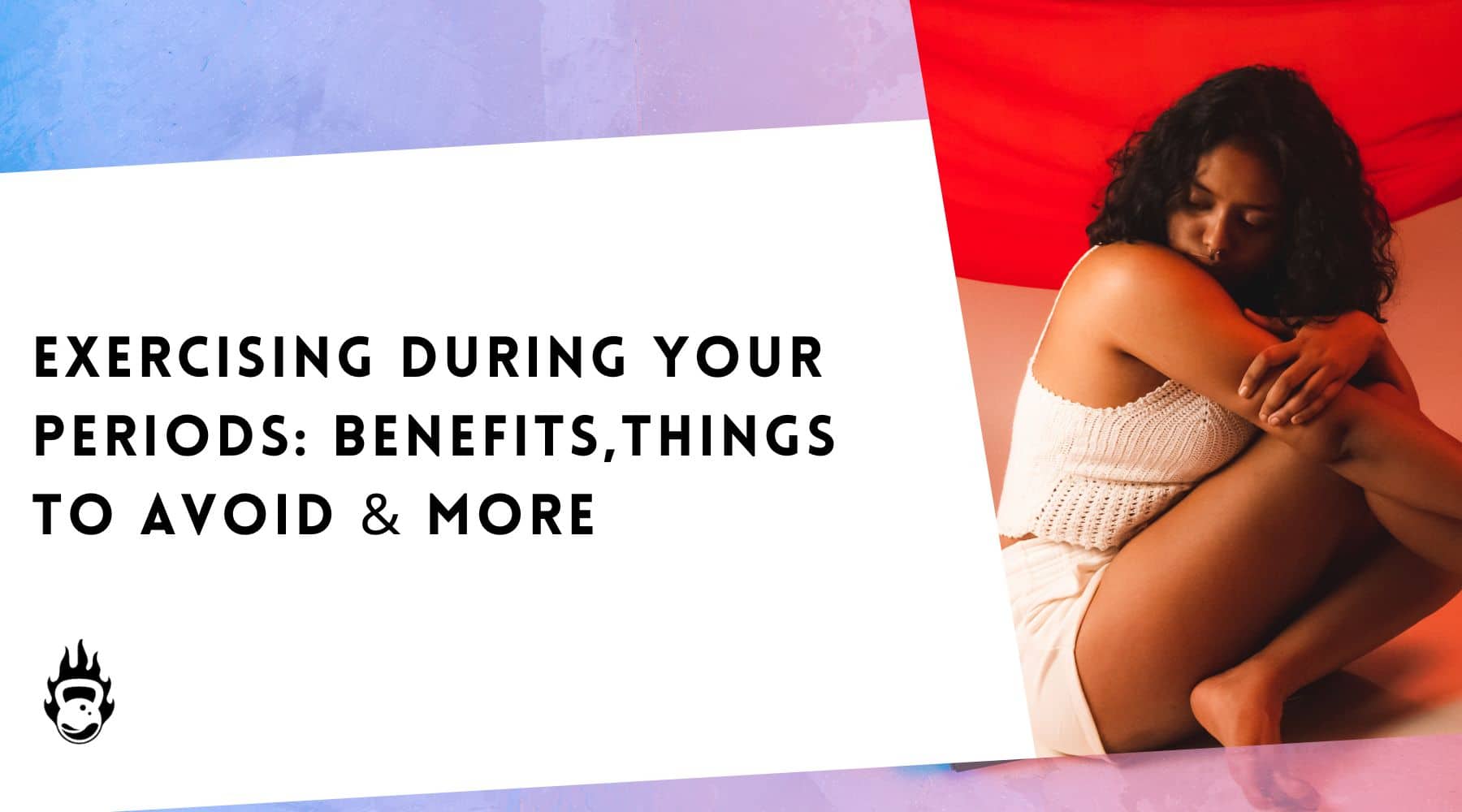
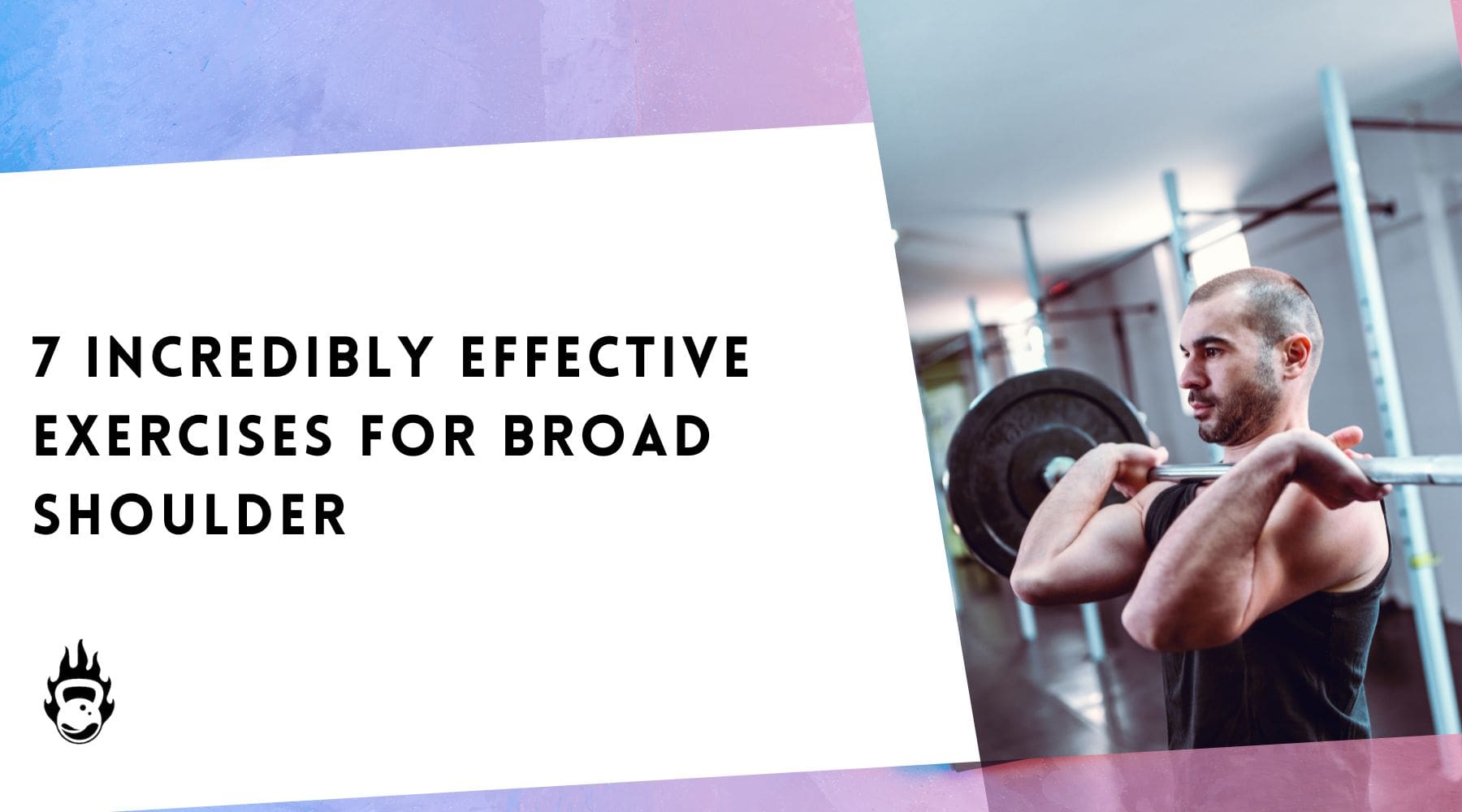
Leave a comment